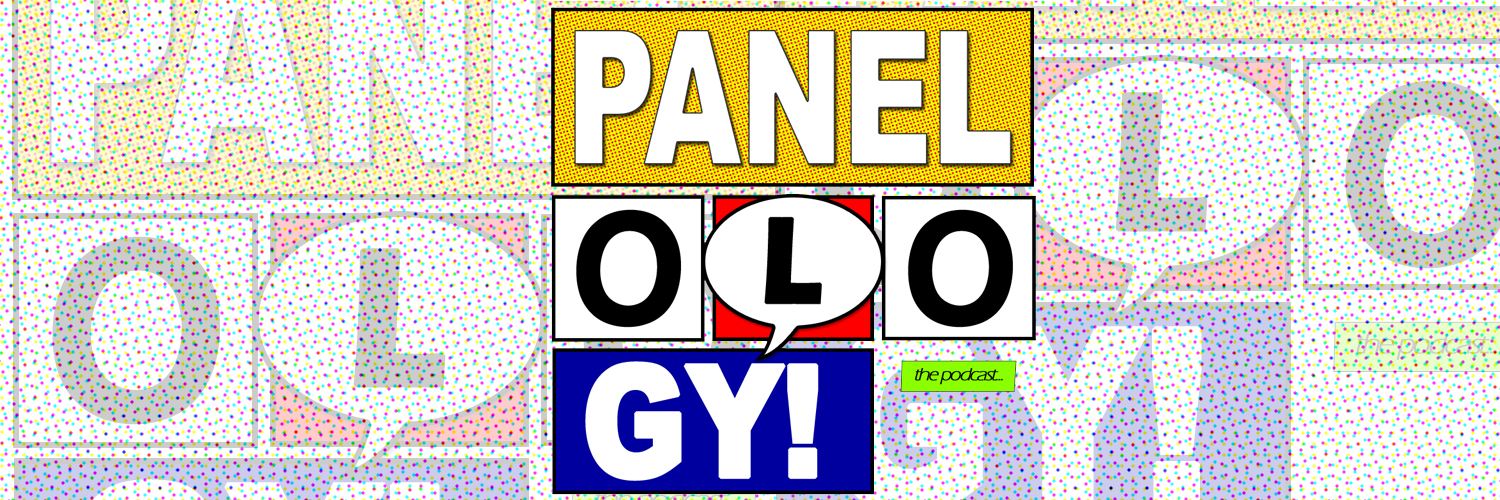Hello, friend. Welcome back. Can I offer you some oolong? No? This is a written medium and thus a poor platform for offering a warm beverage? Alright, I suppose you have a point…how about a story instead?
Once upon a time, amoral criminals richer than Croesus ruled the world; they used and abused those with less, whom they saw as sub-human. They took and took and took, until they, the few, possessed half the world’s wealth. These oligarchs cared nought for anyone but themselves—dispossessing and debasing others became sport for them.
And then, a shadowy figure known to this group only as The Freelancer showed up and began slaughtering them for their crimes. (Wait, did you think I was talking about something other* than comics?) That figure is Renato Jones—a vigilante who punishes those whose wealth and power make them untouchable by conventional means. In many ways, he is part Frank Castle and part Batman, but this story is different from either of theirs—and even if it weren’t, this is a stylish, intentional comic kept me coming back for more.
Rarely does a do-it-all-yourself approach succeed in monthly comics, but Kaare Andrews seems to thrive with that workload. He works with a letterer, a flatter**, and an editor here, but the rest of the book’s workload is on him. The result is a book that reads like a carefully choreographed movie: page breakdowns, the size and focus of panels, where Andrews draws the reader’s eye at any given time—the very technical, nearly invisible elements of studied, skilled layout planning matter as much to this book as its plot. In movie terms: imagine a screenplay written by a director who works out all his shots as he puts his story on paper—that’s how intertwined plot and art are in Renato Jones.
If that comparison gives you an auteur vibe, well, you’re on the right track, especially when it comes to the art. If you haven’t guessed by now, this is an angry, violent book. Andrews’s art does not shy away from the morbid, the grotesque, or the depraved—he knows that he can’t if he wants his readers to buy into Renato’s motivation. That roughness characterizes the art style at every level—lines are rough and forms exaggerated to excess; shadows run deep to obscure faces, like monsters emerging from the dark; sometimes color ceases to exist, forcing images into stark, animalistic silhouette. It seethes and fumes along with its protagonist.
I completely dug Renato Jones. This was no surprise, coming to it from Andrews’s similarly angry, cinematic (and wonderful) Iron Fist: The Living Weapon and knowing the two share a visual style (although, clearly, the Marvel title does not cross some of the lines that this does). It is certainly extreme—not in the ‘90s TOTALLY X-TREME!!!! sense, but in its excesses. But it is a story about excess. If you are interested in a book that puts a specific kind of rage on paper, this is for you.
*Now that you mention it, there is one urine-soaked jackal with a bad combover and a penchant for bankruptcy in the second issue (published in June 2016) who rings a bell….
**I don’t know if what the job of a flatter entails is common knowledge, but I definitely had to look it up the first time I heard it. A flatter takes an inked art file, pulls it into Photoshop (or similar software) and drops a flat layer of color into each white space that is part of the same layer, with a different color for each layer. That lets the colorist come along and isolate individual figures, objects, depth-levels of background, etc as they color and add in the textures, effects, and lighting they want.
Collected in
- Renato Jones: The One%, Season One (#1-5)
Credits
Created, Written, Drawn, Colored, and Owned by Kaare Kyle Andrews | Letterer: Jeff Powell | Edited by Sebastian Girner | Flatter: Alice Ito | Inspiration: Nicole Andrews

